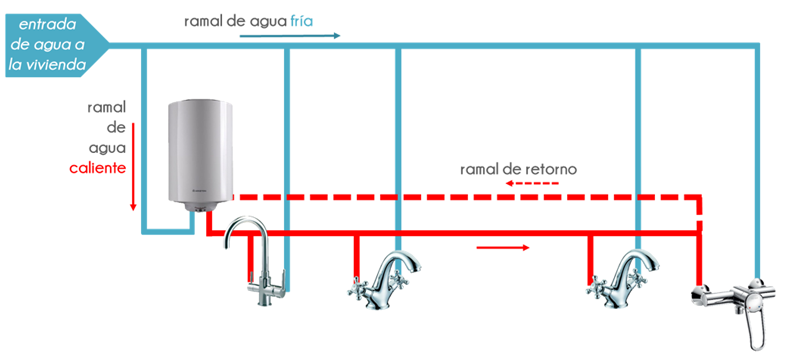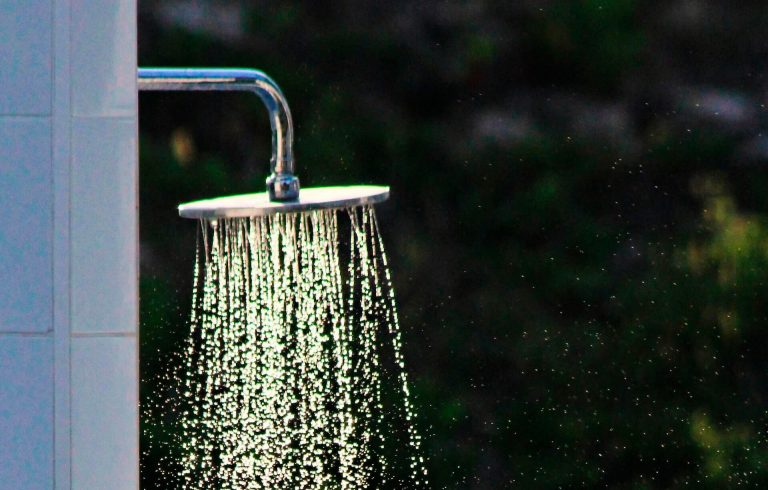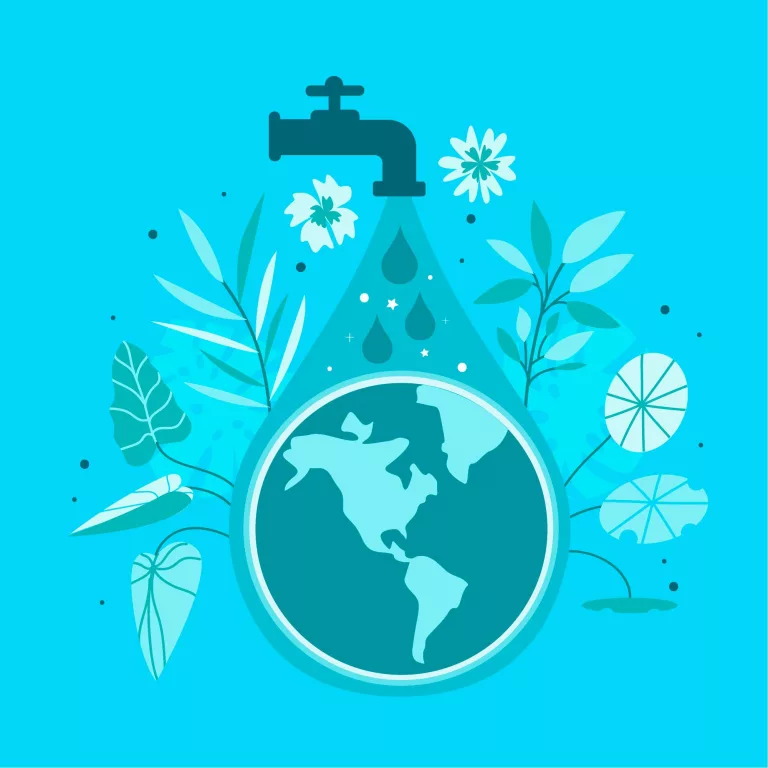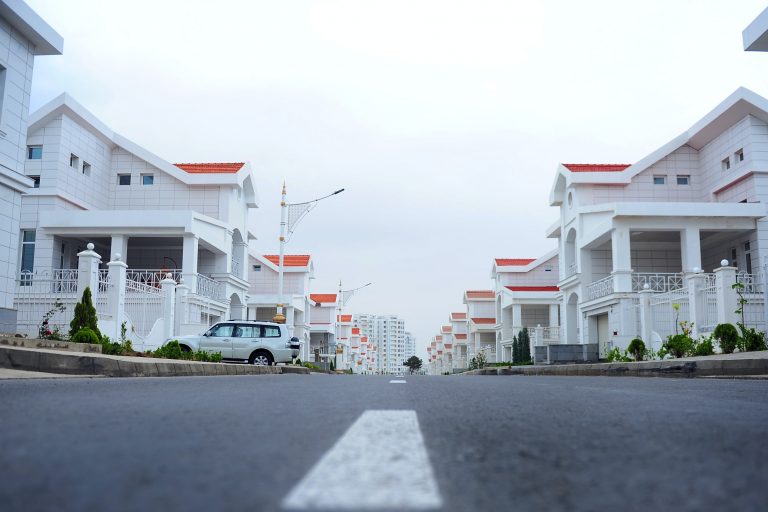When we want to use hot water, we usually have to wait a few seconds until the water reaches the temperature we want. To do this, we leave the tap running, which can sometimes take up to a few minutes, wasting litres of water. This problem increases in homes with individual water heaters and in older homes.
In installations where the pipes have a length of more than 15 metres, the Technical Building Code specifies in the Basic Health Document that they must have a DHW (Domestic Hot Water) return system to save water.
For this purpose, professionals often resort to the DHW return system. This system has a circulation pump that causes the constant circulation of hot water, so that when the tap is turned on, the water will be at the desired temperature.

However, the main problem with this solution is the high energy consumption. This recirculation network is running constantly or with a high frequency so that the water is always available, so that what was initially a sustainable bet becomes a costly energy consumption, in addition to the investment in a work for the installation of an extra branch.
There is an innovative alternative solution that solves both problems: Waisense, a domestic appliance that avoids wasting water without the need for building work and with minimal energy consumption.
Waisense consists of 3 modules that are integrated into the current plumbing system, so that when we want to activate it, the bypass module opens a passage between the hot water pipe and the cold water pipe, preventing water from flowing out of the tap. It is not necessary to open the tap to activate it, it has a module that activates a pump that drives the water from the heater.

When the hot water reaches the desired consumption point, this activator module has a light signal that warns you when the water is ready for consumption. You can activate the system and use the time it takes for the hot water to come out for other tasks, without having to be hanging on your hands.
This solution has a positive impact on the carbon footprint. The water saved is greater than the energy consumption that can be produced, also avoiding the subsequent treatment of this wasted water.




